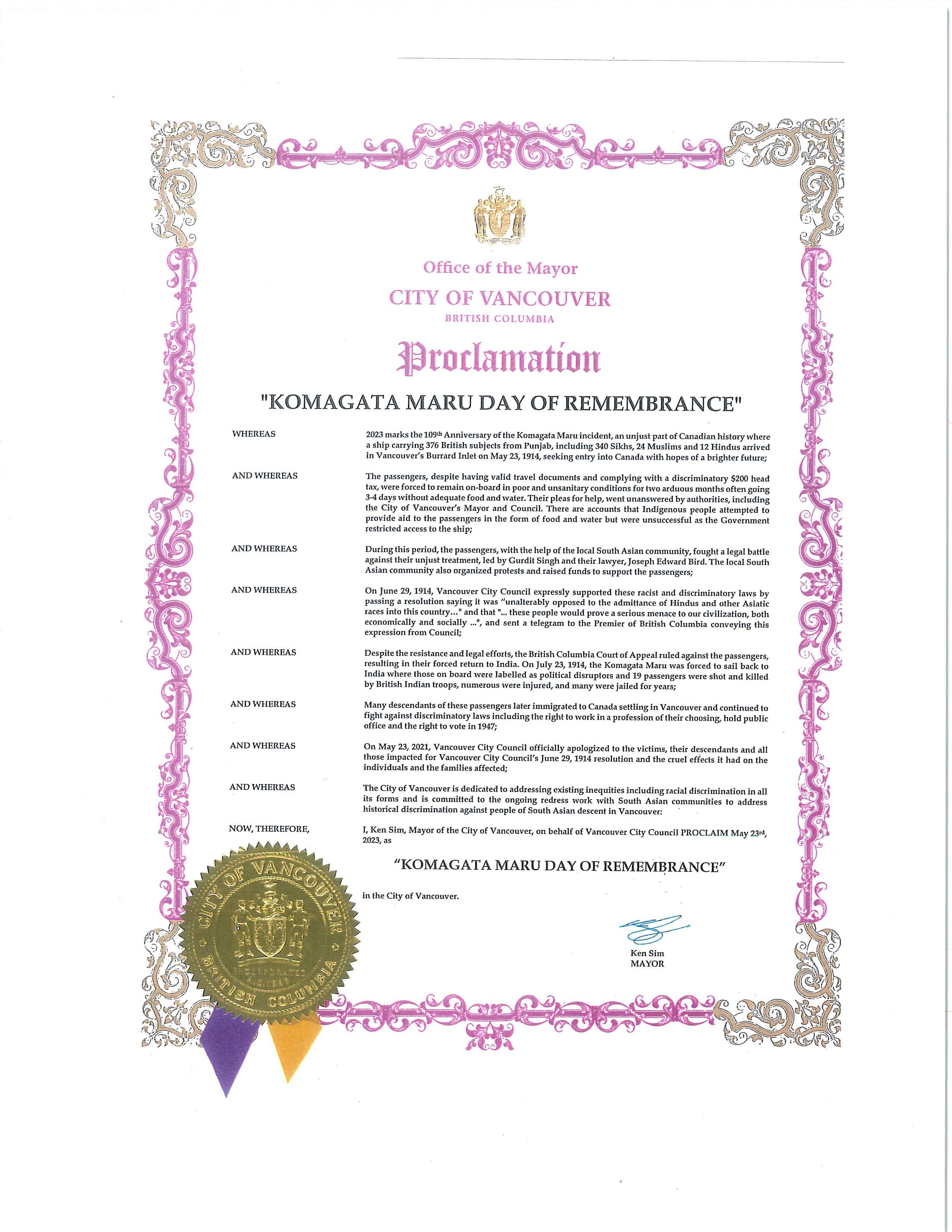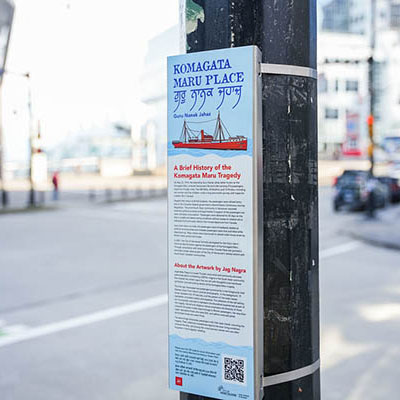

What you need to know
Following community feedback, we now refer to the ‘Komagata Maru’ ship using its correct name ‘Guru Nanak Jahaz’.
Before it set sail from Hong Kong to Vancouver in 1914, the Komagata Maru steamship was renamed Guru Nanak Jahaz. Calling the ship by its correct name accurately honours the legacy and aligns with our principles of truth telling, reconciliation, and cultural redress.
Information icon Guru Nanak was the first of the 10 Sikh gurus and holds spiritual value for those practicing Sikhism. Jahaz means ‘ship’ in Punjabi.
Review in your language:
On May 18, 2021, Vancouver City Council formally apologized for historical discrimination toward the 376 passengers travelling on board the Guru Nanak Jahaz (Komagata Maru), a steamship travelling from British India, in 1914 and declared May 23 as Komagata Maru Remembrance Day to be marked annually in Vancouver.
In 2024, we updated the name to Guru Nanak Jahaz (Komagara Maru) Remembrance Day following community desire to use the historically accurate name of the steamship.
Guru Nanak Jahaz (Komagata Maru) Place as a secondary street name for Canada Place
Council also voted to give the primary street Canada Place the secondary, honorary name Guru Nanak Jahaz (Komagata Maru) Place as part of our ongoing efforts for cultural redress of historic discrimination towards South Asian Canadian communities.
The location for Guru Nanak Jahaz (Komagata Maru) Place was chosen because it is the site closest to where the Guru Nanak Jahaz ship was held in Burrard Inlet in 1914.
Moving forward
The Guru Nanak Jahaz (Komagata Maru) Place secondary, honorary street naming forms one part of our larger commitment to cultural redress for historical discrimination against South Asian Canadian communities.
Contact us
Email: [email protected]

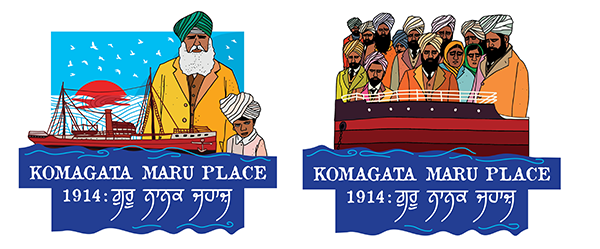
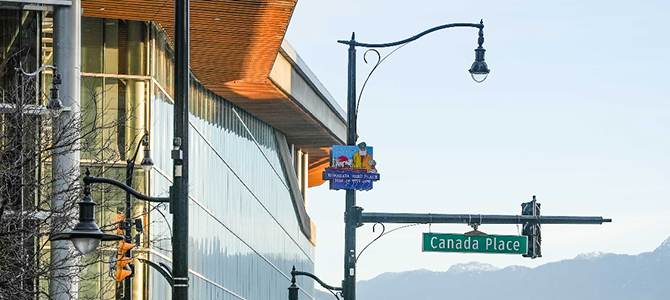

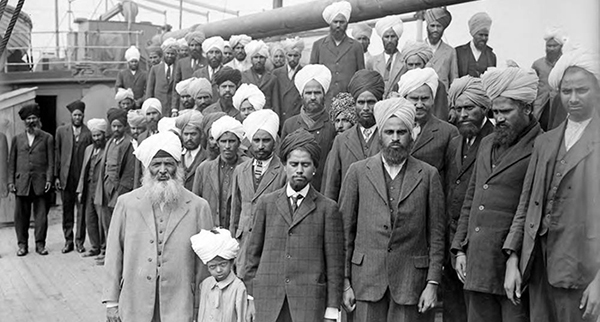
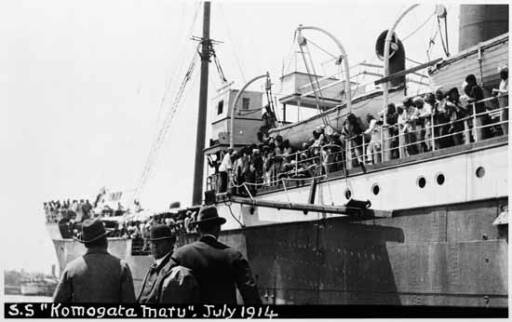
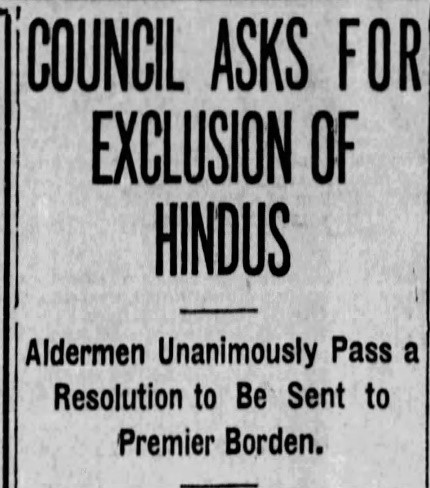 e of these people would prove a serious menace to our civilization, both economically and socially, besides intensifying the present unsatisfactory labor condition. This Council, therefore, desires to place itself on record as unalterably opposed to the admittance of Hindus and other Asiatic races into this country, and that his worshiped the Mayor, be authorized to send a telegram to Premier Sir Robert Borden conveying this expression of the Council.”
e of these people would prove a serious menace to our civilization, both economically and socially, besides intensifying the present unsatisfactory labor condition. This Council, therefore, desires to place itself on record as unalterably opposed to the admittance of Hindus and other Asiatic races into this country, and that his worshiped the Mayor, be authorized to send a telegram to Premier Sir Robert Borden conveying this expression of the Council.” 